Types of Ladders:
Type III, household light duty, rated for 200 pounds;
Type II, commercial medium duty, 225 pounds;
Type I, industrial heavy duty, 250 pounds;
Type IA, heavy duty industrial, 300 pounds.
Cautions of Ladders:
1. For both ladders and scaffolds, proper use begins with selection of the right structure for the job, positioning it properly and not overloading it. Inspect the site for hazards — loose fill, debris, ditches, tools or materials. Tower height may not exceed four times the smallest base dimension (outriggers can be used to widen the base). To increase stability, scaffolds can be secured to adjacent structures.
2. Don’t work on a scaffold if you feel dizzy or unsteady.
3. Position the ladder’s base for maximum stability. This varies with ladder length. The angle formed by imaginary lines between the upper support point, the base of the ladder and the vertical wall of the supporting structure should be approximately 75 degrees. Be sure the ladder is on a firm, level surface; don’t put ladder shoes on slick surfaces. Stake or tie down a ladder to prevent slipping. Engage both locks on extension ladders. A ladder’s length and its maximum working length are not the same. A 16-ft. ladder has a maximum working length of 13 ft.; if a customer plans to work on a structure with an even height (the point where the top of the ladder will rest) between 91¼2 and 131¼2 ft., a 20-ft. ladder is needed. Never climb to the top rung or step of a ladder.
4. Squaring braces to keep the scaffold frame rigid are required at each 20 ft. of height.
5. Lock pins are required at all frame connections, including casters.
6. Stay alert. Don’t let yourself or the scaffolding or ladder come in contact with live power lines. Check overhead clearance when moving or raising any ladder. Use fiberglass ladders when working near electrical lines and equipment.
7. Never extend working heights by placing planks on top of guard rails.
8. All work levels of platform decking must be completely decked with scaffold-grade lumber or metal. Space between planks must not exceed 1 in.
9. Toe boards are required on all sides of the work platform. If you let scaffolding go out without toe boards or fail to provide a sufficient number of deck panels, you will be contributing to the use of equipment in violation of OSHA safety regulations. Explain OSHA and state safety regulations, including the risks involved in using equipment that violates safety standards. Encourage the customer to take all required components. Renting incomplete scaffolding can make the rental business a target of litigation if there is an accident.
10. Never exceed a scaffold’s or a ladder’s weight capacity. Distribute loads evenly and place concentrated loads close to the legs or upright sections.
11. Use guardrails on all scaffolding of 10 ft. and higher. Guardrails are required on work areas that are 4 ft. high if the deck width is 45 in. or less. Guardrails should be 36 to 45 in. above the planking.
12. Keep unnecessary clutter and equipment not being used off the scaffold. Don’t let cords and hoses pose a tripping hazard.
13. After each return, inspect ladders and scaffolding carefully and repair or replace damaged and missing parts immediately. Clean walk boards — remove mortar or tar.
-
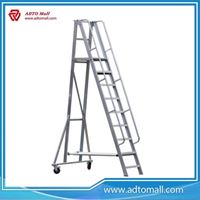 FOB Price: $0.00 /PieceContact Supplier
FOB Price: $0.00 /PieceContact Supplier -
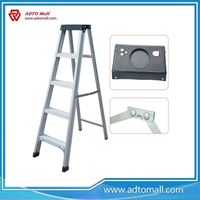
Aluminum Single side Telescopic Ladder...
FOB Price: $0.00 /PieceContact Supplier -
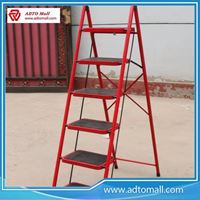 FOB Price: $0.00 /PieceContact Supplier
FOB Price: $0.00 /PieceContact Supplier -
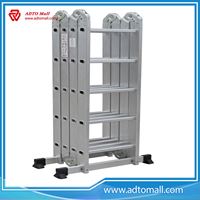
Changeable Multitask Ladder...
FOB Price: $24.00 ~ $ 49.00 /PCContact Supplier -
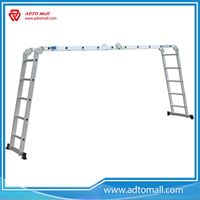
Heavy Duty Multi Purpose Ladder...
FOB Price: $24.00 ~ $ 49.00 /PCContact Supplier -
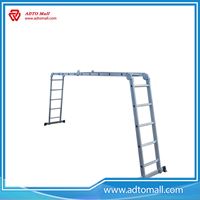 FOB Price: $24.00 ~ $ 49.00 /PCContact Supplier
FOB Price: $24.00 ~ $ 49.00 /PCContact Supplier -
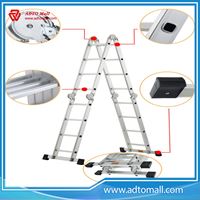
Multi Purpose Ladder for Philippine...
FOB Price: $24.00 ~ $ 49.00 /PCContact Supplier -
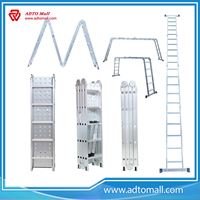
Multi Purpose Ladder with Thick Profile...
FOB Price: $24.00 ~ $ 49.00 /PCContact Supplier -
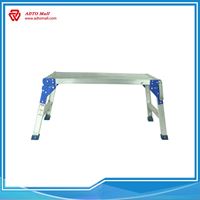
EN131 Step Working Platform...
FOB Price: $16.10 ~ $ 29.50 /PCContact Supplier -
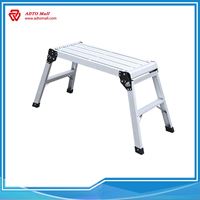 FOB Price: $16.10 ~ $ 29.50 /PCContact Supplier
FOB Price: $16.10 ~ $ 29.50 /PCContact Supplier -
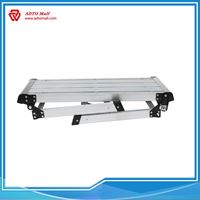 FOB Price: $16.10 ~ $ 29.50 /PCContact Supplier
FOB Price: $16.10 ~ $ 29.50 /PCContact Supplier -
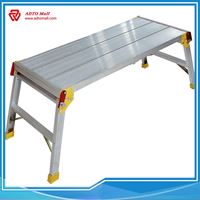 FOB Price: $16.10 ~ $ 29.50 /PCContact Supplier
FOB Price: $16.10 ~ $ 29.50 /PCContact Supplier -
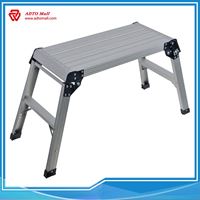 FOB Price: $16.10 ~ $ 29.50 /PCContact Supplier
FOB Price: $16.10 ~ $ 29.50 /PCContact Supplier -
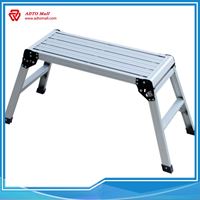
Aluminium Work Platform for Car Washing...
FOB Price: $16.10 ~ $ 29.50 /PCContact Supplier -
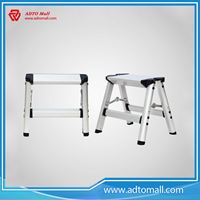 FOB Price: $7.00 ~ $ 14.50 /PCContact Supplier
FOB Price: $7.00 ~ $ 14.50 /PCContact Supplier -
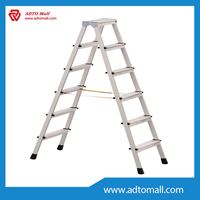
Portable Aluminium Stool Step Ladder...
FOB Price: $7.00 ~ $ 14.50 /PCContact Supplier -
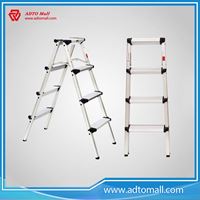 FOB Price: $7.00 ~ $ 14.50 /PCContact Supplier
FOB Price: $7.00 ~ $ 14.50 /PCContact Supplier -
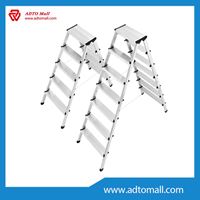
Folding Aluminium Stool Ladder...
FOB Price: $7.00 ~ $ 14.50 /PCContact Supplier -
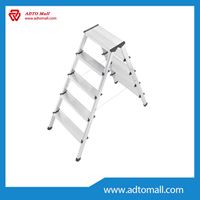
Folding Aluminium Step Stool Ladder...
FOB Price: $7.00 ~ $ 14.50 /PCContact Supplier -
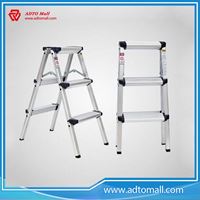 FOB Price: $7.00 ~ $ 14.50 /PCContact Supplier
FOB Price: $7.00 ~ $ 14.50 /PCContact Supplier


 Live Chat
Live Chat

